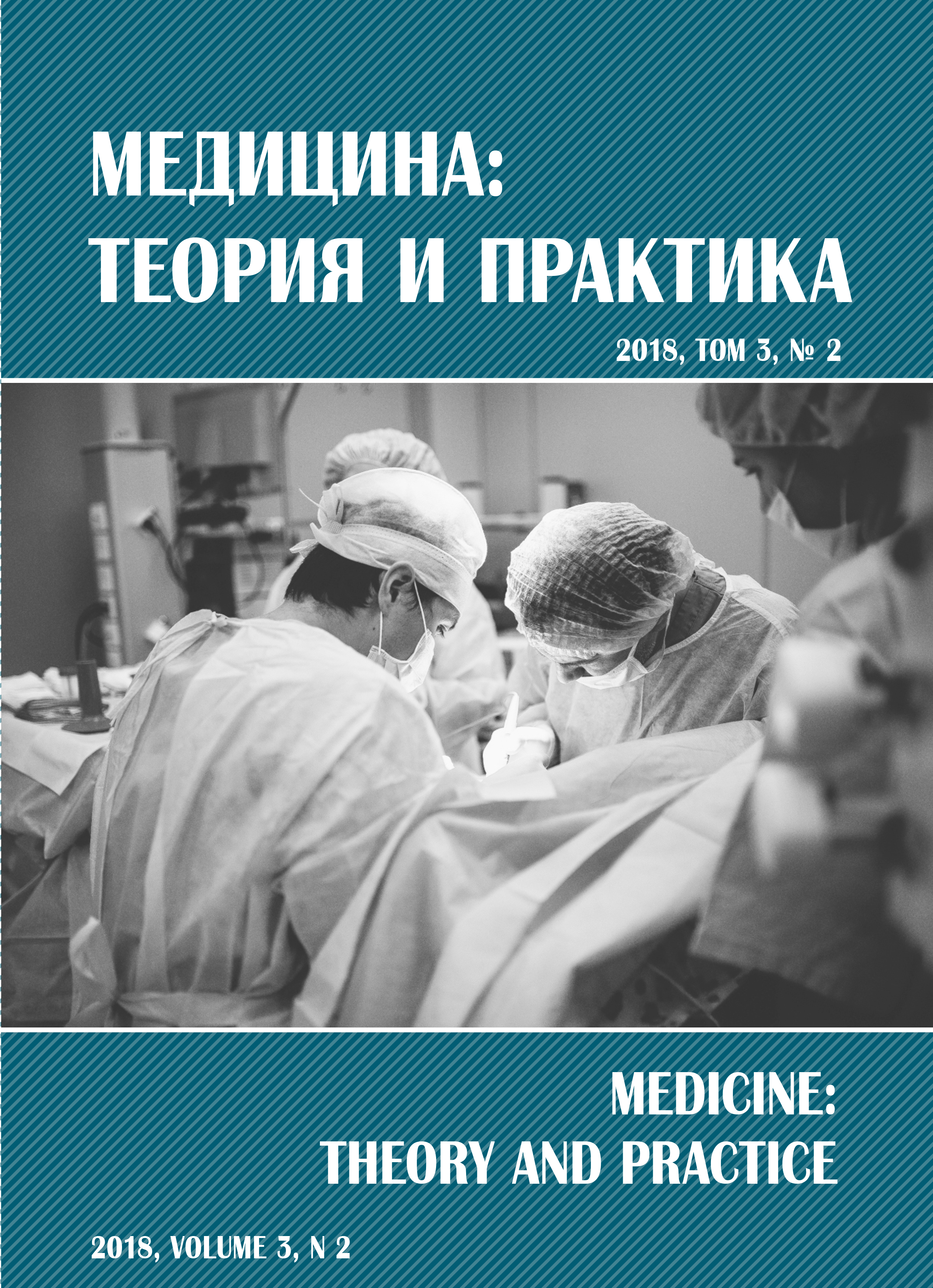FEATURES OF THE REGULATION OF CARDIAC RHYTHM IN YOUNG AGE WITH MARFANOID HABITUS
Abstract
The decline in heart rate variability (HRV) belong to the proven risk factor development of clinically significant arrhythmias. Marfan syndrome and the primary mitral valve prolapse are characterized by significant reduction in the HRV. Indicators of HRV in persons with marfanoid habitus (MH) are not previously evaluated. Materials and methods. We observed 230 persons (130 boys and 100 girls) aged from 18 to 25 (average age 21±1,6 yrs), 150 of them are practically healthy persons of young age and 80 patients have a clinic of connective-tissue dysplasia. All of surveyed persons were phenotypically and anthropometrically examined within 24 hours, Holter ECG was administrated. The results. Significant gender differences for most indicators of HRV and dynamics variation of heart rate were observed. During analyze of HRV in individuals with MH reduction of all spectral and most time parameters in patients with MH, regardless of gender were discovered. Gender differences are leveled, comparing the HRV among boys and girls with single bone characteristics. Conclusion. HRV rates associated with bone signs. Girls with MHF have the lowest value of HRV.



